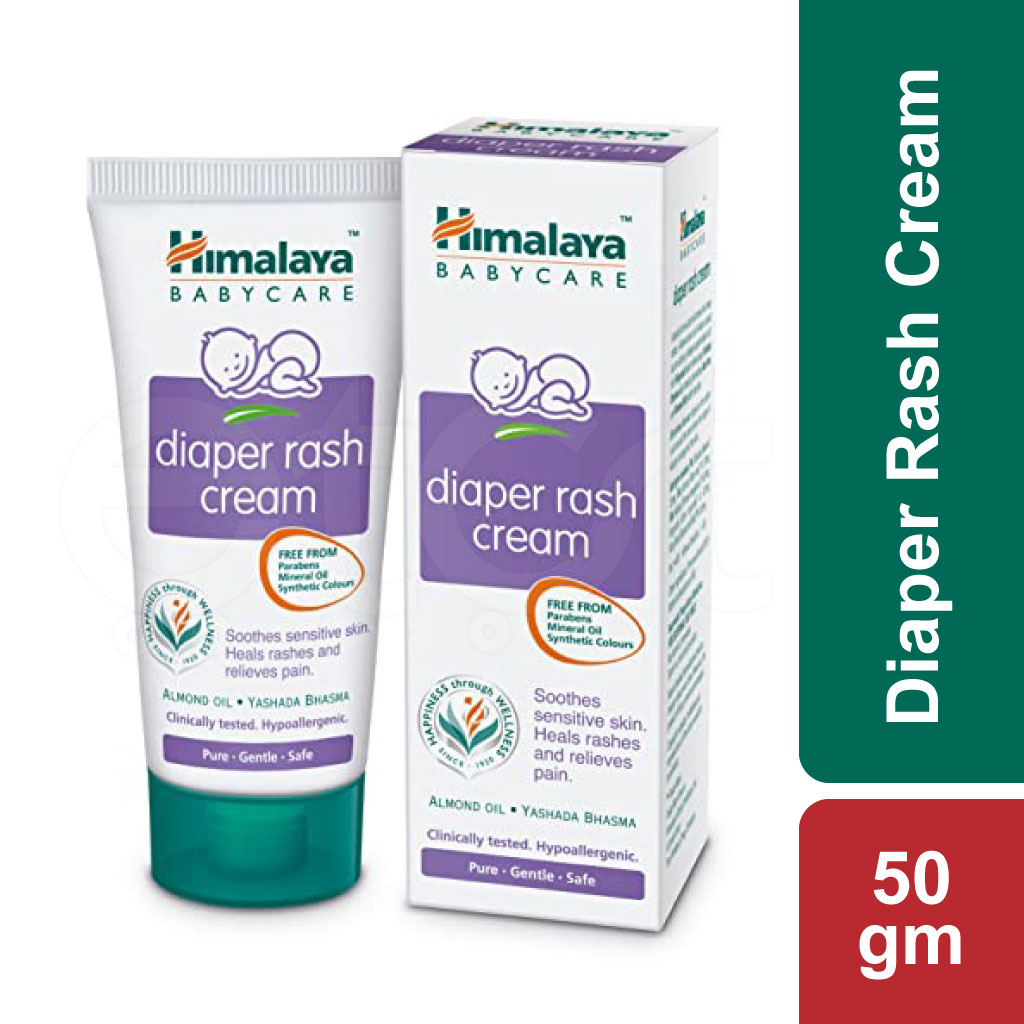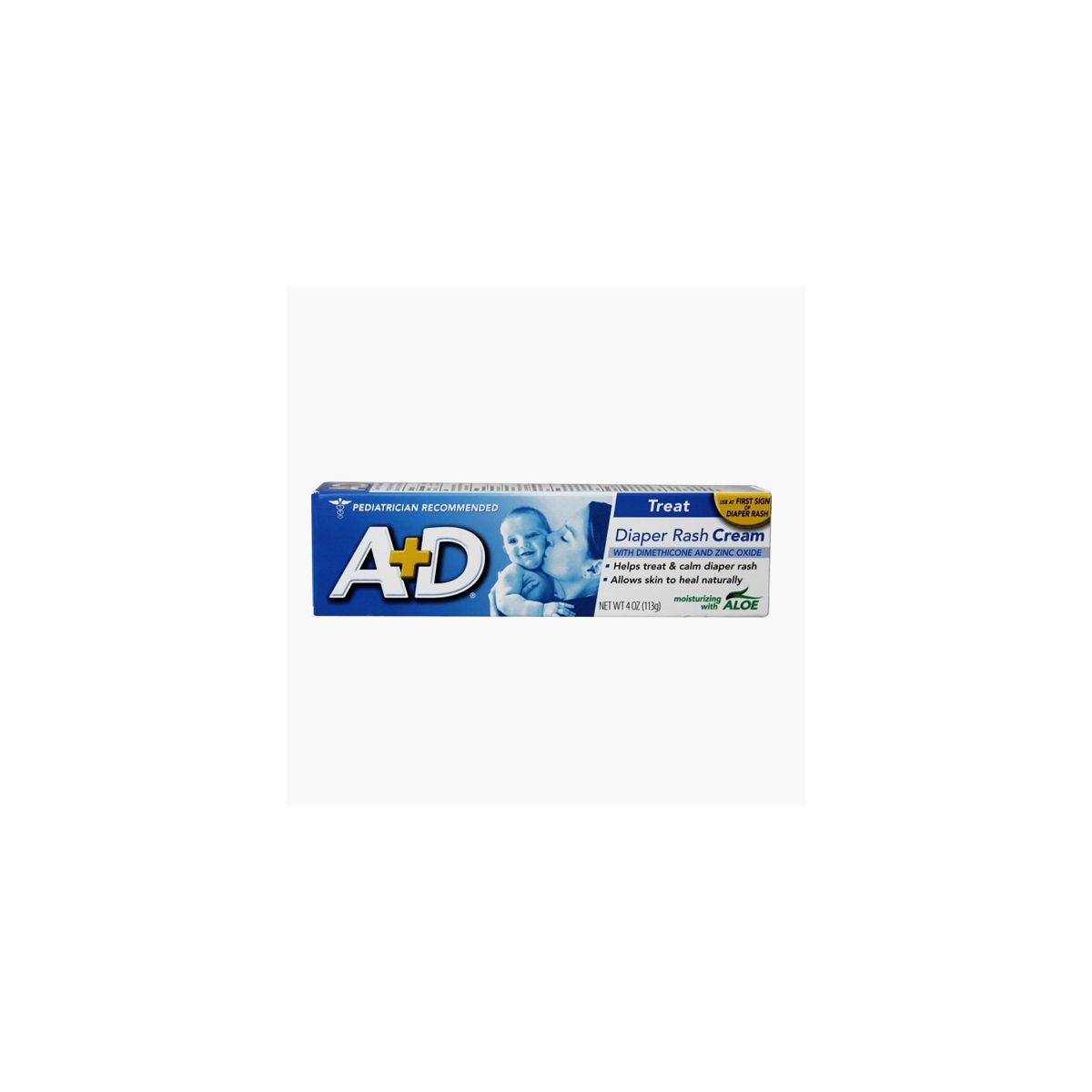
You should apply the cream thickly enough to create a barrier that stops wee and poo from getting onto the skin. You can get these creams from a supermarket or your pharmacy without a prescription. You could use a zinc cream or a petroleum jelly like Vaseline. Use a protective cream after each nappy changeĪpply a simple, cheap barrier cream at every nappy change.
A and d diaper rash cream skin#
Pat your baby’s skin dry and gently apply a simple moisturiser. When you bath your baby, use a gentle, soap-free wash. Use lukewarm water and cotton wool or a light cotton cloth to gently clean your baby’s skin after each nappy change. Change wet or soiled nappies straight away. Check your child every hour or so to see whether their nappy is wet or soiled. The aim of nappy rash treatment is to repair the damaged and irritated skin and protect it from any dampness and friction that might cause more damage.įrequent nappy changes keep the nappy area dry and give your child’s skin a chance to heal. Sometimes the GP might take a swab to identify any thrush or bacteria on the skin. Your GP will talk to you about your child and look at their skin to diagnose nappy rash.

conditions like eczema, psoriasis, thrush or impetigo.

a chemical called methylisothiazolinone, which is in some disposable baby wipes.soaps, detergents, fragrance and plant or food products left on the skin from bathing or left on cloth nappies from washing.plastic pants – they stop air circulating normally and keep the nappy area damp.friction between the nappy and the skin.Other things that can cause nappy rash or make it worse include: The dampness of wee and poo can be irritating too. This is because your child’s skin can be irritated by a chemical called ammonia, which is in wee and poo. The main cause of nappy rash is wearing a wet or dirty nappy for too long. It happens when the skin on your child’s bottom is damaged and irritated. Nappy rash is a very common skin condition.


 0 kommentar(er)
0 kommentar(er)
